|
|
|||
| forums: groups: | |||
|
"If all pictures are rectangular..."
...then why are all the lenses round? 

Stay messy, my friends
 deep thoughts
deep thoughtsHe's more potato now than man. Twisted and evil.
I have wondered that as well. It is like you are not getting the whole picture around the edges. Kind of like how 4:3 cuts off the sides of 16:9 and shrinks to fit.
Messmaster said: ...then why are all the lenses round? 

That's a good question.
By the way, eyeballs are round. My field of vision is actually sort of a fat oval. It would be round if not for my eye sockets and nose.
You would think that we would have imitated that reality. But we didn't.
Nessie
Messmaster said: ...then why are all the lenses round? 

You... you doing okay MM? Should we be worried about you?

Sending loves.

--
On a serious note, apparently whilst the sensor itself is rectangular, it is easier to polish a perfect finish if you can spin the glass in the lens.
A smoother, more even surface to the glass and mirrors means a better picture.
Behind the Net Curtains of Suburbia
Potatoman-J said:  deep thoughts
deep thoughts
 deep thoughts
deep thoughts very deep by it also reminds me of a reference but i can't remember the exact quote
Messmaster said: ...then why are all the lenses round? 

Takes me back
https://m.youtube.com/watch?v=bVURsxuwy_E
Paint with play and surrender
Round lenses are much easier to shape (grinding and polishing on a lathe)- you'll want a perfectly consistent curve to focus the light equally. Likewise a round aperture is much much easier to design the remaining optics.
As for square photos, well theres minimal wasted material compared to cutting round plates or later developed** film reel. Today's digital photography could easily take round photos- but since we view them all on a square screen round photos would just be annoying to deal with.
(not a photographer or a historian, just my guess as an engineer)
**Pun intended. I'm not sorry.
As for square photos, well theres minimal wasted material compared to cutting round plates or later developed** film reel. Today's digital photography could easily take round photos- but since we view them all on a square screen round photos would just be annoying to deal with.
(not a photographer or a historian, just my guess as an engineer)
**Pun intended. I'm not sorry.
screen_name said: Today's digital photography could easily take round photos- but since we view them all on a square screen round photos would just be annoying to deal with.
The Snapchat glasses would take round photo's, which allowed you to rotate your phone to whatever angle of rotation and still have it display in full screen.
It was kinda a nifty concept.
Behind the Net Curtains of Suburbia
if brass trumpets are made from brass and tin whistles are made from tin what the heck do they make fog horns from?
camera sensors are rectangular, its easier to make lenses round for polishing, also same as why airplane windows have round corners, easier for squares to crack, rounds have no natural stress corners
the real reason comes from people having a look around..................no one ever looked asquare
camera sensors are rectangular, its easier to make lenses round for polishing, also same as why airplane windows have round corners, easier for squares to crack, rounds have no natural stress corners
the real reason comes from people having a look around..................no one ever looked asquare
Messmaster said: ...then why are all the lenses round? 

A circle has the smallest ratio of perimeter to area. That also explains why bubble are spheres.
With them being round, it makes creating the convex arc easier. A convex arc focuses the light to a single point.
Photos are probably rectangles because if you take a 2-dimentional plane and separate it evenly, you get the rectangle, with enough room to prevent one shot from bleeding into another.
This is what I picked up in high school geometry and physics.
Dr. of Splatterology
Sponsors
To avoid content being blocked due to your local laws, please verify your age ?
Sponsors
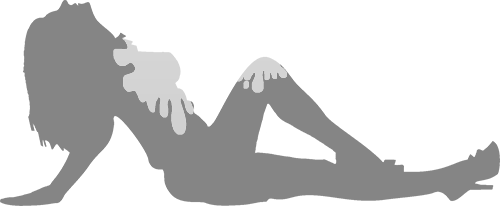
Design & Code ©1998-2025 Loverbuns, LLC 18 U.S.C. 2257 Record-Keeping Requirements Compliance Statement
Epoch Billing Support Log In





 Love you, too
Love you, too
























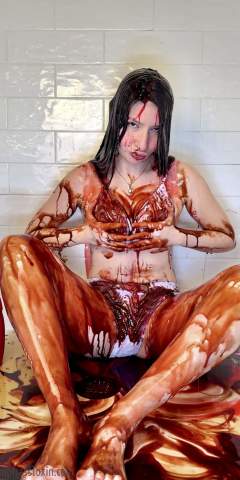



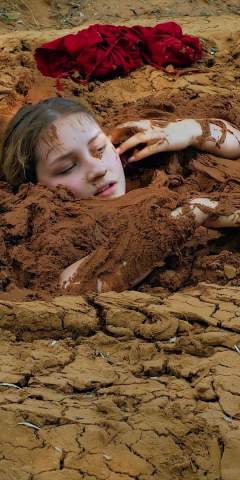



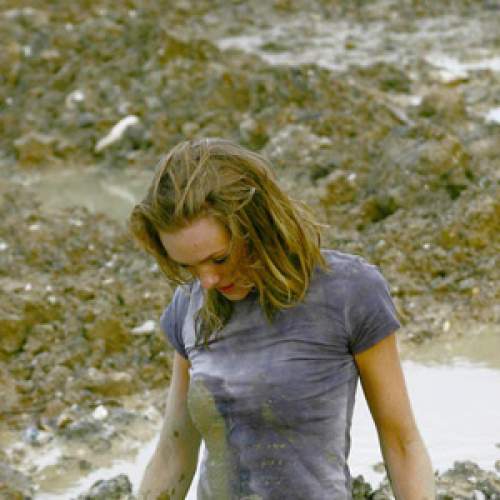




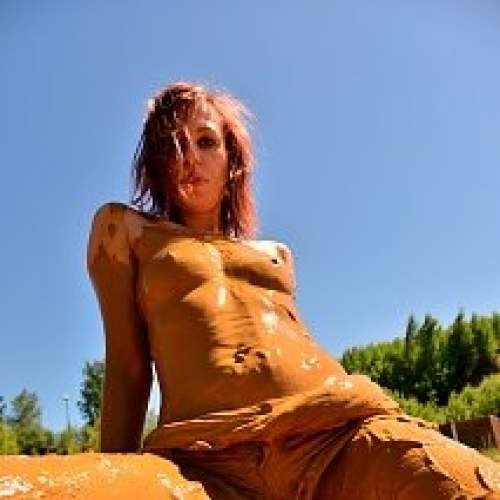

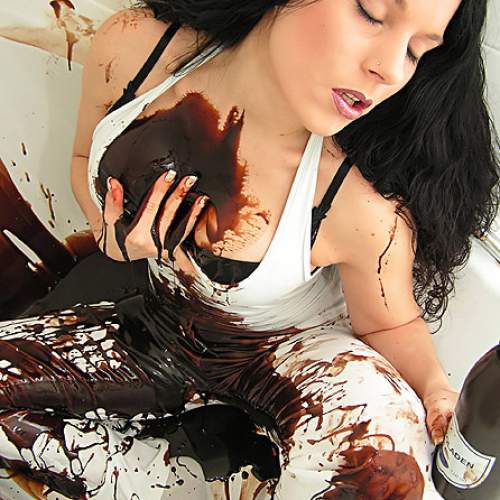




 VIP Coupons
VIP Coupons